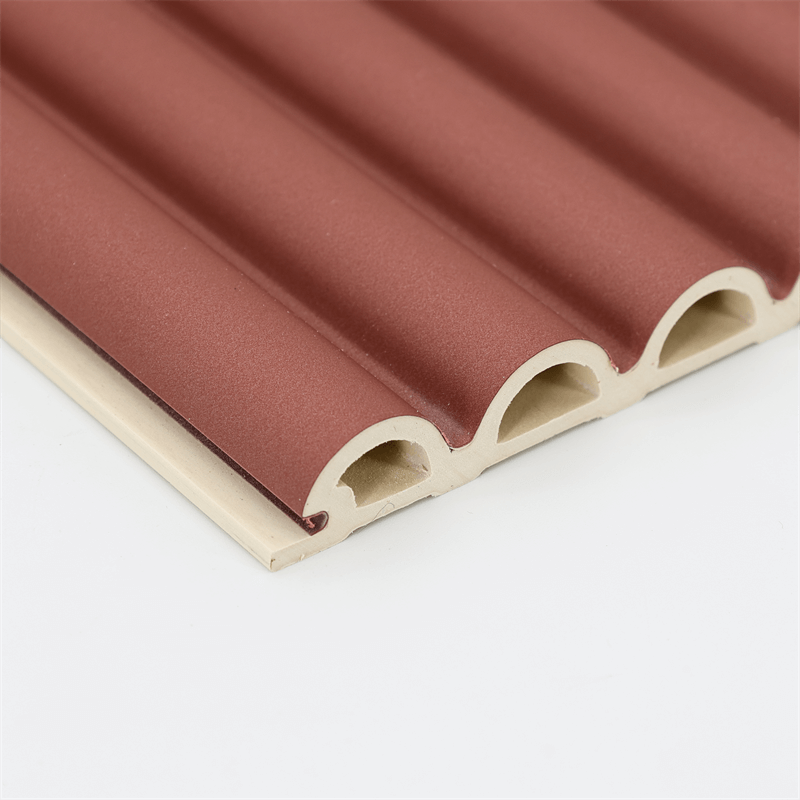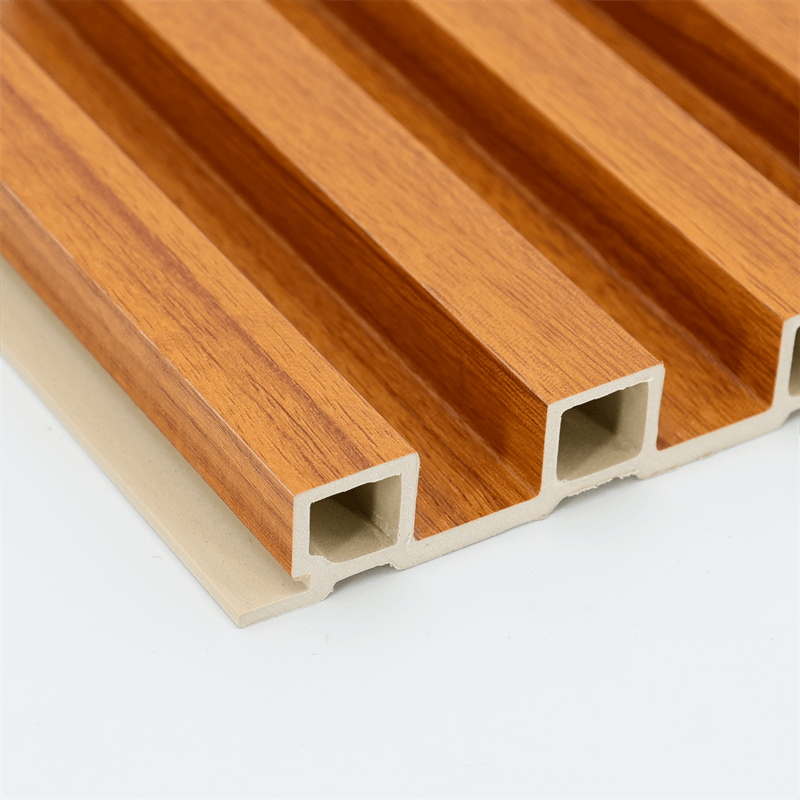The construction industry is continuously evolving, with advancements in technology and materials driving innovation and sustainability.
Wood-Plastic Composite (WPC) wall panels have emerged as a promising next-generation building material, offering a range of benefits that can revolutionize the way we construct buildings.
This essay explores the future of construction with WPC wall panels, focusing on their eco-friendly nature, durability, design versatility, and cost-effectiveness.
I. Eco-Friendly Construction: Sustainable Solutions for a Greener Future
As the world increasingly prioritizes sustainable practices, the construction industry is turning to eco-friendly materials.
WPC wall panels offer a sustainable solution by combining recycled wood fibers and plastic, reducing the reliance on virgin materials and diverting waste from landfills.
The utilization of recycled materials in WPC panels promotes resource conservation and contributes to a circular economy.
Moreover, WPC wall panels have a lower carbon footprint compared to traditional building materials.
The manufacturing process of WPC panels requires less energy and emits fewer greenhouse gases, making them an environmentally responsible choice.
By incorporating WPC wall panels into construction projects, builders can contribute to sustainable development and mitigate the environmental impact of the built environment.
II. Enhanced Durability: Long-lasting Structures for the Future
In the quest for durable construction materials, WPC wall panels stand out as a reliable option.
These panels offer exceptional resistance to wear, rot, and decay, ensuring the longevity of the structures they adorn.
Unlike traditional materials such as wood or vinyl, WPC panels are impervious to moisture, termites, and other pests, eliminating the need for costly maintenance and replacements.
The durability of WPC wall panels makes them ideal for various construction applications.
Whether used in residential, commercial, or industrial settings, these panels can withstand harsh weather conditions and maintain their structural integrity over time.
By incorporating WPC panels into construction projects, builders can create buildings that stand the test of time, reducing the environmental impact associated with frequent repairs and replacements.
III. Design Versatility: Customized Solutions for Innovative Architecture
Architects and designers are constantly pushing boundaries and seeking innovative design solutions.
WPC wall panels offer unparalleled design versatility, allowing for customizable and creative applications.
The panels come in a wide range of colors, finishes, and textures, enabling architects to explore unique design concepts and create visually stunning structures.
WPC panels can be shaped, cut, and formed to meet specific design requirements, facilitating the creation of intricate patterns, curves, and decorative elements.
Whether used as cladding, interior wall coverings, or decorative accents, WPC panels provide endless possibilities for architectural expression.
Their ability to emulate natural materials like wood while offering superior durability and low maintenance makes them a go-to choice for forward-thinking architects and designers.
IV. Cost-Effectiveness: Building for the Future, within Budget
In addition to their eco-friendliness and design potential, WPC wall panels offer significant cost advantages over traditional building materials.
The installation of WPC panels is efficient and requires less labor compared to other cladding systems.
The lightweight nature of the panels also reduces transportation costs and simplifies on-site handling and installation.
Furthermore, the durability of WPC wall panels translates into long-term cost savings.

Their resistance to wear, fading, and moisture minimizes the need for regular maintenance and replacements, reducing lifecycle costs for building owners.
The cost-effectiveness of WPC panels makes them an attractive option for developers and builders looking to optimize their construction budgets without compromising on quality or sustainability.
WPC wall panels offer a plethora of design opportunities, combining aesthetics and functionality to enhance interior spaces.
Their versatility allows for the exploration of various design styles, from traditional to contemporary, enabling designers to create unique and visually captivating interiors.
The adaptability of WPC panels allows for customization and the transformation of surfaces to meet specific design objectives.
The durability of WPC wall panels ensures that the design remains visually appealing over time, even in high-traffic areas.
Their resistance to wear, scratching, and fading reduces the need for frequent maintenance or replacements, making them a cost-effective and long-lasting design solution.
Moreover, the use of recycled materials and the sustainable production process of WPC panels contribute to environmental responsibility and waste reduction.
By choosing WPC wall panels, designers merge design excellence with sustainability, promoting eco-friendly practices in the field of interior design.
In conclusion, WPC wall panels offer a perfect balance between aesthetics and functionality.
Their design potential, adaptability, durability, and sustainability make them an ideal choice for creating visually stunning and environmentally responsible interior spaces.
By embracing the versatility of WPC wall panels, designers can unlock their full potential and transform ordinary spaces into extraordinary works of art.


